
Amarone della Valpolicella beautifully captures the essence of Italian winemaking. In this article, we’ll explore what makes this wine so special and why it’s loved by so many.
First, we’ll get to know Amarone della Valpolicella itself. Originating from the Veneto region of Italy, specifically the winemaking area north of Verona, this wine is known as Amarone della Valpolicella DOCG. It is made using a unique method where grapes are dried before fermentation, giving it a rich and full-bodied character that stands out. The process involves air-dried grapes and the significant use of the Corvina grape, which contributes to its distinctive profile.
Next, we’ll explore its sensory profile. When you taste Amarone, you’ll notice a complex mix of dried fruits, aromatic herbs, and spices, as well as a smooth, velvety texture. It’s a wine that offers a truly luxurious experience.
Food pairing is key to enjoying Amarone to the fullest, so we’ll share some delicious suggestions. Think hearty meats, robust pasta dishes, and aged cheeses – all perfect matches for this bold wine.
We’ll also give you tips on serving and storing Amarone. Serving it at the right temperature and decanting it properly can bring out its best flavours. We’ll cover how to store it to keep it in perfect condition.
Amarone is mostly produced in the Veneto region, and we’ll talk about how the local climate influences its distinctive profile. Warm days and cool nights help develop its rich flavours and maintain good acidity.
Choosing a good bottle of Amarone can feel overwhelming, so we’ll offer some practical advice. We’ll look at well-known producers and the best vintage years, giving you confidence in making a great choice.
Finally, we’ll compare Amarone with Ripasso della Valpolicella. While they share some similarities, Ripasso is often lighter and referred to as “baby Amarone.” We’ll highlight what sets them apart and why you might choose one over the other.
Join us as we explore the world of Amarone della Valpolicella, uncovering what makes it such an exceptional wine and helping you appreciate every aspect of its rich, flavorful journey.
Amarone della Valpolicella wines are special red wines from the Veneto region in northeastern Italy. What makes them unique is the way they’re made. After harvesting, the grapes are laid out to dry for several months, a process called “appassimento.” This drying method concentrates the sugars and flavours in the grapes, leading to a wine that is rich, full-bodied, and high in alcohol.
This wine is made from a blend of local grapes, mainly Corvina, Corvinone, and Rondinella. Sometimes, Molinara grapes are also used. The dried grapes are fermented in the winter, which allows for a longer fermentation period, giving the wine its intense flavours and strong tannins.
Amarone della Valpolicella is known for its deep ruby colour and complex aroma. You’ll often find notes of dried fruits like figs and raisins, along with hints of chocolate, spices, and tobacco. When you taste it, the wine is full-bodied and rich, with flavours of dark berries and cocoa and a long, satisfying finish that combines a bit of sweetness with a pleasant bitterness.
This wine comes from the Valpolicella region, near Verona, where the climate is perfect for growing these grapes. The hilly terrain and the influence of nearby Lake Garda help create the ideal conditions for producing Amarone’s distinctive flavours.
Amarone della Valpolicella is celebrated for its rich and complex profile. Within its category, different styles, including Amarone della Valpolicella Classico, reflect subtle variations in production methods and regional influences from specific subzones within Valpolicella. Understanding these wine styles further can enhance your appreciation of this remarkable wine.
The Classico style refers to Amarone wines produced in the original and traditional zones of Valpolicella, including the valleys of Negrar, Marano, and Fumane. These wines are often considered the benchmark for Amarone, showcasing a balanced complexity with rich flavours of dried fruits, spices, and a hint of minerality. The terroir of these classic zones, with its mix of limestone and clay soils, significantly contributes to the wine's structure and depth.
Valpantena is another recognized sub-region within Valpolicella that produces Amarone. Wines from Valpantena are known for their slightly fresher and more aromatic profile, thanks to the region's unique microclimate and soil composition. These wines often exhibit pronounced red fruit flavours and vibrant acidity, making them somewhat more approachable in their youth compared to their Classico counterparts.
The Riserva style of Amarone involves extended aging, both in oak barrels and bottles. To qualify as Riserva, the wine must be aged for a minimum of four years before release. This extended aging process enhances the wine's complexity and depth, introducing more nuanced tertiary flavours such as leather, tobacco, and earthy tones, along with the characteristic dried fruit and spice notes.
There is also a distinction between modern and traditional winemaking approaches within Amarone production. Traditional Amarone producers, such as Quintarelli and Dal Forno, emphasize longer drying times for the grapes and extended aging in large oak casks. These wines are known for their robust structure, deep complexity, and long aging potential.
On the other hand, modern producers may employ shorter drying periods and use smaller oak barrels for aging, which can result in a more fruit-forward and accessible style of Amarone. These wines might appeal to those who prefer a slightly fresher and less intensely tannic profile.
Some producers highlight specific vineyards by producing single-vineyard Amarone. These wines showcase the unique characteristics of a particular vineyard's terroir, often resulting in highly distinctive and limited-production wines. The focus on single-vineyard bottlings allows winemakers to express the nuances of different microclimates and soil compositions within Valpolicella.
Understanding these various styles of Amarone della Valpolicella helps us appreciate the diversity and craftsmanship behind each bottle. Whether you prefer the traditional robustness of Classico, the vibrant freshness of Valpantena, the complexity of Riserva, or the distinctiveness of single-vineyard wines, Amarone offers a rich tapestry of flavours and experiences for every palate.
Amarone della Valpolicella is a distinguished wine that derives its complexity and rich flavour profile from a carefully selected blend of grape varieties. Here are the primary grapes used in its production:
Cabernet Sauvignon is sometimes blended into modern-styled Amarone wines as a non-indigenous variety.
Corvina is the dominant grape variety in Amarone della Valpolicella, usually comprising 45-95% of the blend. It is prized for its thick skin, which is ideal for the drying process used in Amarone production. Corvina grapes contribute to the wine’s structure, acidity, and cherry-like flavours. Their high acidity helps balance the richness and sweetness that develop during the drying process.
Corvinone is often used as a substitute or complement to Corvina, making up to 50% of the blend. This grape is similar to Corvina but tends to produce larger red berries with thicker skins, which are also well-suited to the drying process. Corvinone enhances the wine’s body and depth, adding robust flavours of dark fruits and spices.
Rondinella typically constitutes 5-30% of the Amarone blend. This grape is valued for its disease resistance and reliability. It contributes floral and herbaceous notes to the wine. Rondinella also provides good colour and enhances Amarone's overall aromatic complexity.
Molinara is less commonly used today but can still be part of the Amarone blend. It was traditionally included for its acidity and lightness, which helped balance the heavier characteristics of Corvina and Corvinone. However, its use has declined in favour of other grape varieties that offer more intense flavours and better-aging potential.
Oseleta is a lesser-known indigenous grape that some producers have reintroduced into the Amarone blend. It adds tannins, colour, and structure, along with unique flavours of dark berries and spices. Oseleta’s reintroduction reflects a trend toward enhancing Amarone's traditional complexity and richness.
Other Indigenous varieties are occasionally included in small percentages. Negrara adds softness and subtle flavours, while Dindarella contributes colour and aromatic intensity.
The blend of these grape varieties, each contributing unique characteristics, is what gives Amarone della Valpolicella its distinct identity. The dominant Corvina and Corvinone provide structure and depth, while Rondinella and other minor grapes add aromatic complexity and balance. This careful selection and blending of grapes are essential to producing a wine that is both robust and elegantly nuanced, making Amarone della Valpolicella a true gem in the world of fine wines.
Amarone della Valpolicella is renowned for its great wines and its unique and meticulous production methods that contribute to its rich and complex flavour profile. Here are the key methods involved in making this exceptional wine:
Recioto della Valpolicella, a historically significant sweet wine from the same region, is closely related to Amarone, as both wines are produced using similar methods.
The appassimento method is the cornerstone of Amarone production. This process involves partially drying the harvested grapes for several months, typically from harvest in September to January. The grapes are spread out on bamboo racks or laid out in well-ventilated drying lofts. During this period, the grapes lose a significant amount of water, concentrating their sugars and flavours. This method not only intensifies the grape's natural sweetness but also enhances the wine’s overall complexity and alcohol content.
After the drying period, the grapes are gently pressed, and the juice is fermented. Fermentation takes place at a relatively low temperature, often in stainless steel tanks or large wooden barrels, and can last from 30 to 50 days. This extended fermentation allows the wine to develop its deep flavours and high alcohol content, typically around 15-16%. The yeast converts the concentrated sugars into alcohol, resulting in a dry wine despite the initial sweetness of the dried grapes.
Amarone della Valpolicella undergoes a significant aging process that further develops its complexity. The wine is aged in oak barrels, which can be large Slovenian casks or smaller French barriques. The aging period is usually at least two years, but many producers age their Amarone for three to four years or even longer. This aging process allows the wine to integrate its flavours and tannins, adding layers of complexity, such as subtle notes of dried fruit, spice, leather, and chocolate.
A related method worth mentioning is the Ripasso technique, which is used in producing Valpolicella Ripasso wines. This involves taking the leftover grape skins from Amarone production and adding them to a batch of Valpolicella wine. This secondary fermentation on Amarone skins enriches the Valpolicella ripasso wine with additional flavours, body, and alcohol, creating a unique wine that bridges the gap between standard Valpolicella and Amarone.
The making of Amarone della Valpolicella is a labour-intensive process that emphasizes quality and tradition. The appassimento method, extended fermentation, and aging in oak barrels all contribute to the wine’s distinctive character. Each step is crucial in developing the rich, full-bodied, and complex profile that Amarone is known for. This meticulous production process is what makes Amarone della Valpolicella a standout wine cherished by connoisseurs around the world.
Amarone della Valpolicella is a special wine known for its rich and complex sensory experience. Here’s a closer look at what you can expect from its appearance, aroma, and taste, including sweet spices like cinnamon, star anise, and Chinese five-spice powder that contribute to its intricate flavour profile.
When you pour Amarone della Valpolicella, you’ll see a deep, ruby-red colour, which often turns to garnet as it ages. This wine is full-bodied, meaning it feels rich and dense in your mouth. The unique process of drying the grapes concentrates the flavours and sugars, making the wine strong, with alcohol levels around 15-16%.
The aromas of Amarone are bold and complex, offering a sensory journey as you smell the wine. Here’s a breakdown of what you might notice:
Tasting Amarone della Valpolicella is a rich experience, combining fruitiness, spice, and earthy notes. Here’s what you might taste:
Overall, Amarone della Valpolicella offers a deep sensory experience, from its rich colour to its complex aromas and flavours. It’s a wine that can be enjoyed young but often improves with age, rewarding those who wait.
Amarone della Valpolicella is a rich, full-bodied wine that pairs wonderfully with a variety of hearty dishes, often considered among the rich wines ideal for such pairings. Its bold flavours and high alcohol content make it a perfect match for robust and flavorful foods. Here are some of the best food pairings for Amarone della Valpolicella:
These pairings highlight the rich, complex flavours of Amarone della Valpolicella, making each meal a memorable experience.
Amarone della Valpolicella is produced in the Valpolicella region of northeastern Italy, specifically in the Amarone della Valpolicella Classico area near Verona. This region is known for its excellent conditions for growing the grapes used to make this rich and complex wine. Let’s take a closer look at the main areas and how the climate influences the wine’s characteristics.

Here are the main areas where Amarone della Valpolicella is produced:
Valpolicella Classica: This is the historic heart of the Valpolicella wine region, including the valleys of Negrar, Marano, and Fumane. It's known for its long tradition of winemaking and ideal conditions for producing top-quality wines.
The Valpolicella region enjoys a climate that combines Mediterranean and continental influences, which is perfect for viticulture. Here are some key points about the climate:
The diverse soils in Valpolicella play a crucial role in shaping the wines' characteristics. Here are the main types of soil found in the region:
These elements combine to create a unique terroir that is perfect for producing Amarone della Valpolicella. The region's climate and diverse soils ensure that each bottle captures the essence of its origin.
Amarone della Valpolicella is a luxurious wine that deserves to be enjoyed at its best. Here are some straightforward tips to help you serve and store this rich, complex wine properly.
Ideal Temperature: Serve Amarone at room temperature, ideally between 64°F and 68°F (18°C to 20°C). If the wine is too cold, it can mute the flavours; if it's too warm, the alcohol can overpower the taste.
Decanting: Decanting helps open up the wine’s aromas and flavours. For younger wines (under 10 years old), decant for about 2 hours. For older wines, stand the bottle upright for a day to let the sediment settle, then slowly decant to avoid too much air exposure.
Glassware: Use a large, classic red wine glass, like a Bordeaux glass. The larger bowl allows the wine to breathe and enhances its complex aromas.

By following these simple tips, you can ensure that your Amarone della Valpolicella is served and stored in the best possible conditions, allowing you to enjoy its rich, layered flavours and aromas to the fullest.
Amarone della Valpolicella and Ripasso della Valpolicella are both celebrated wines from the Valpolicella region in Veneto, Italy. While they share some characteristics, Amarone wine is known for its distinct production process and rich taste profile, setting it apart from Ripasso. Here’s a simple breakdown of what makes each Amarone wine special:
Whether you prefer the powerful and complex Amarone or the more approachable and versatile Ripasso, both wines from the beautiful Valpolicella region offer a delightful experience.
Amarone della Valpolicella is a standout wine known for its unique production and rich flavours. What makes it truly special is the appassimento method, where grapes are partially dried before being fermented. This drying process concentrates flavours and sugars, resulting in a wine that is both powerful and complex.
The wine is made primarily from Corvina, Corvinone, and Rondinella grapes, which give it a robust and full-bodied character. Aging in oak barrels adds layers of dried fruit, spice, and chocolate, making each sip a rich experience. With an alcohol content typically around 15-16%, Amarone is known for its strength and depth.
One of the most remarkable aspects of Amarone is its ability to age well. While it can be enjoyed young, it often gets better with age, developing more nuanced flavours and a smoother texture over the years. This aging potential makes it a valuable addition to any wine collection.
Amarone della Valpolicella is more than just a wine; it embodies the rich heritage and meticulous craftsmanship of the Valpolicella region. Its unique production process, complex taste, and excellent aging potential make it a favourite among wine lovers and a true gem in the world of fine wines.

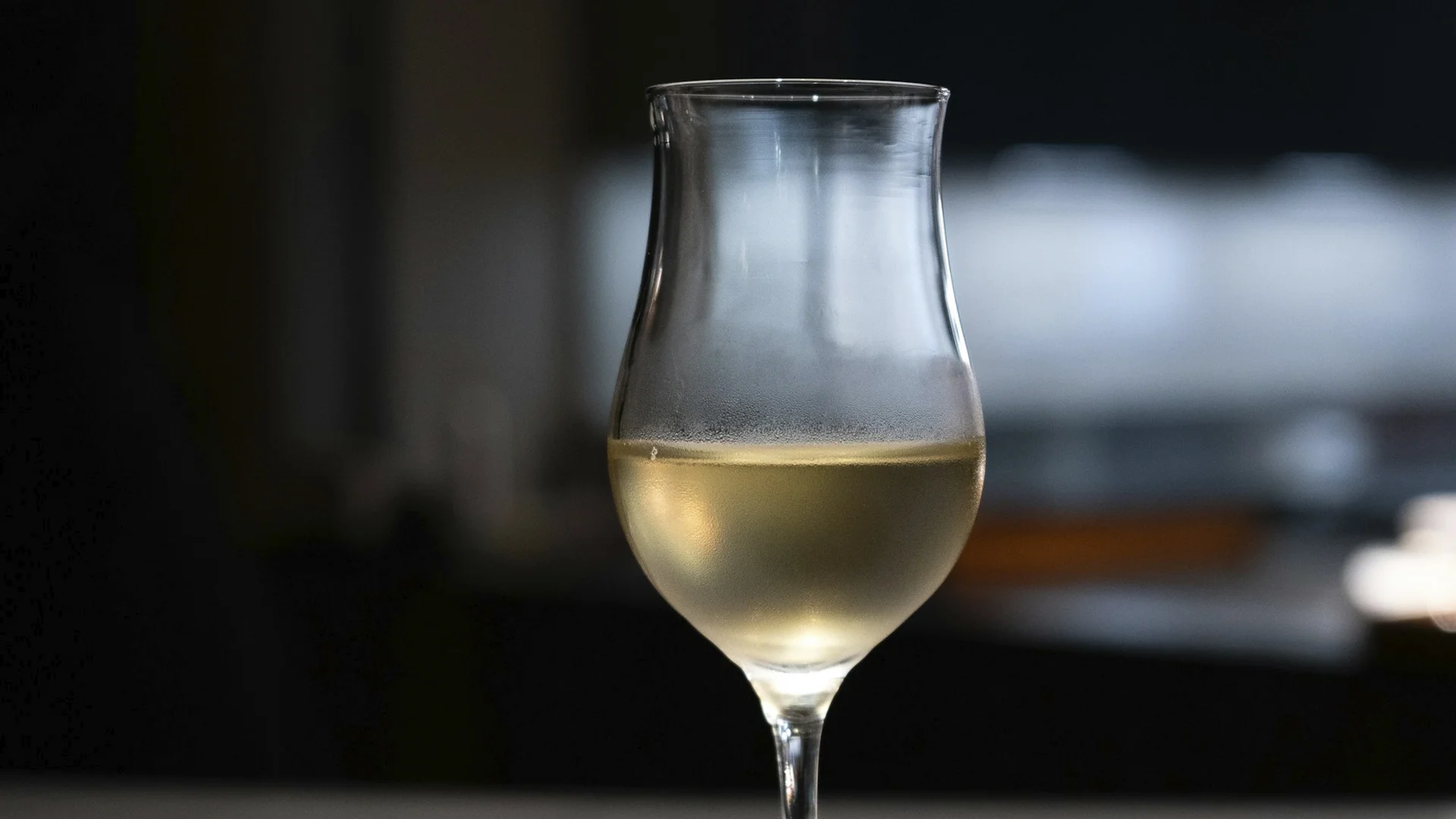

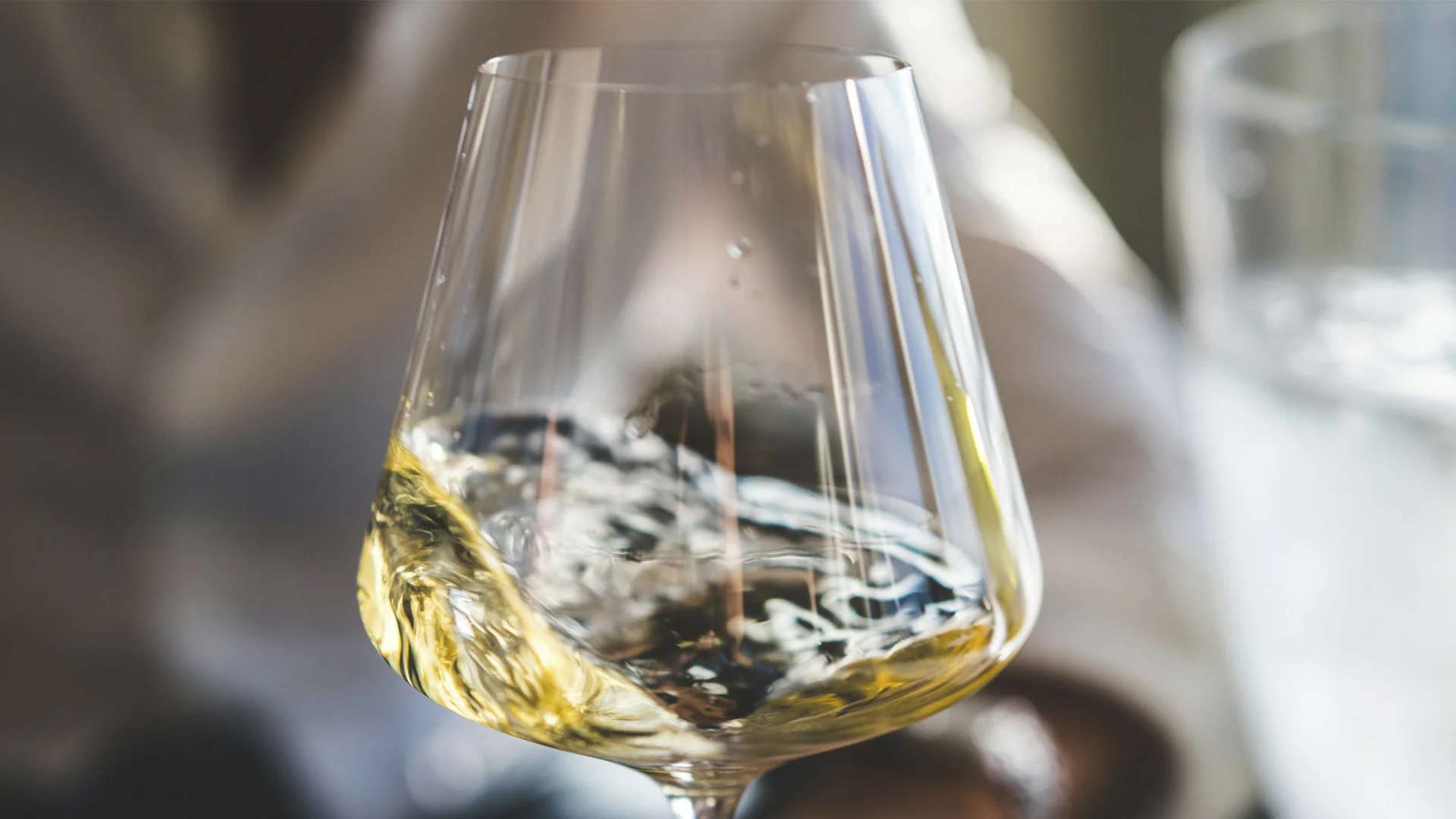



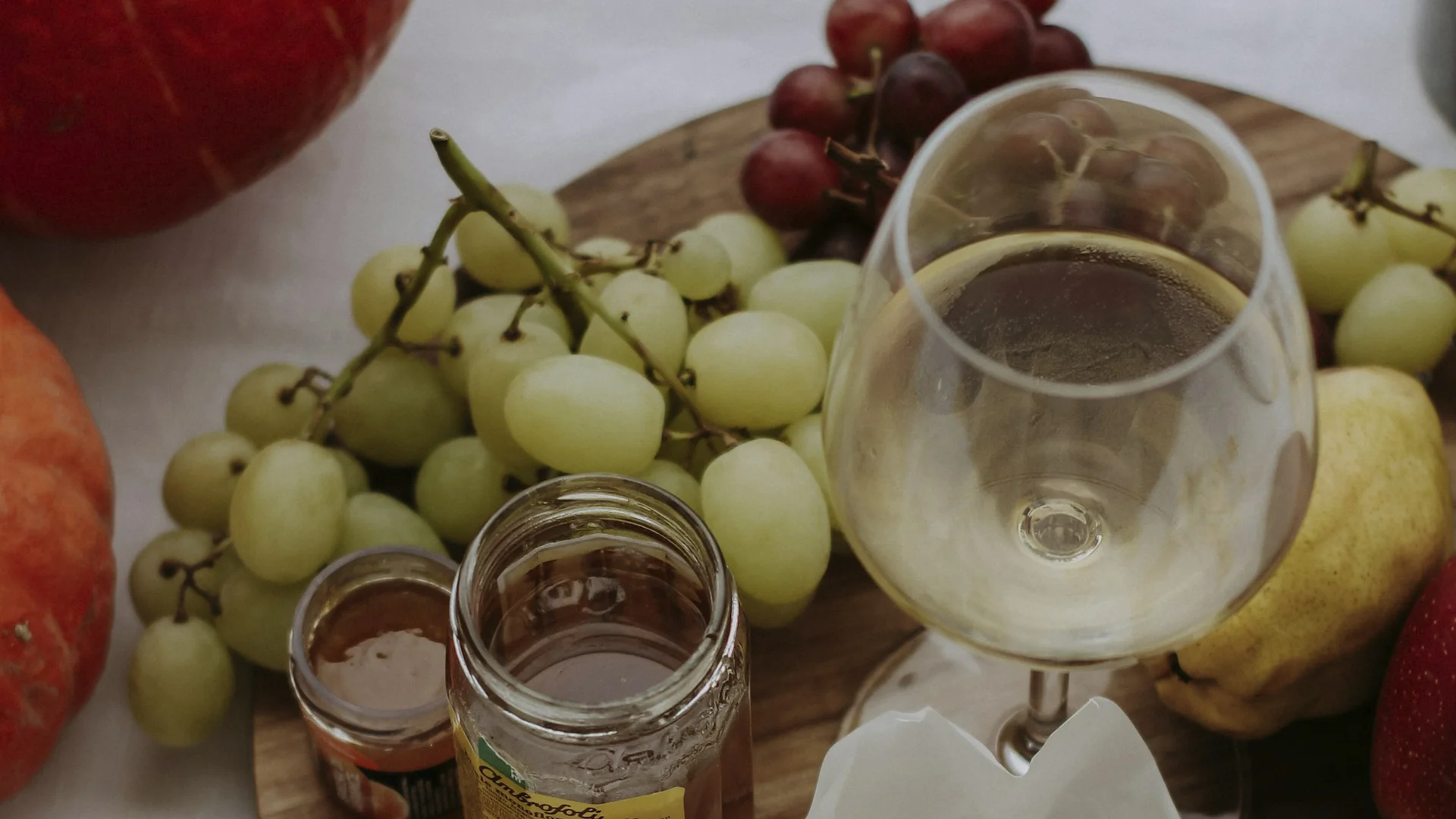



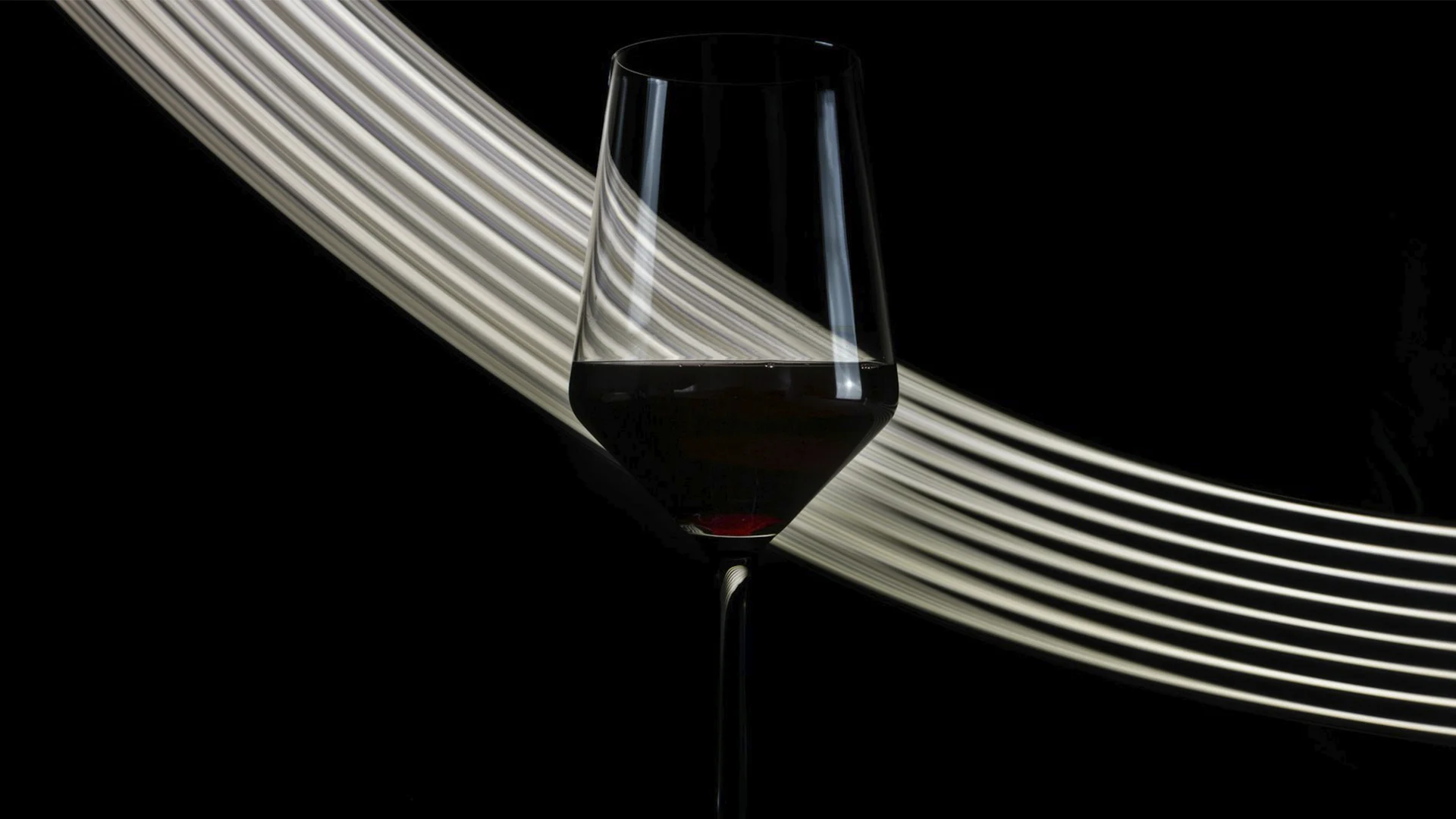



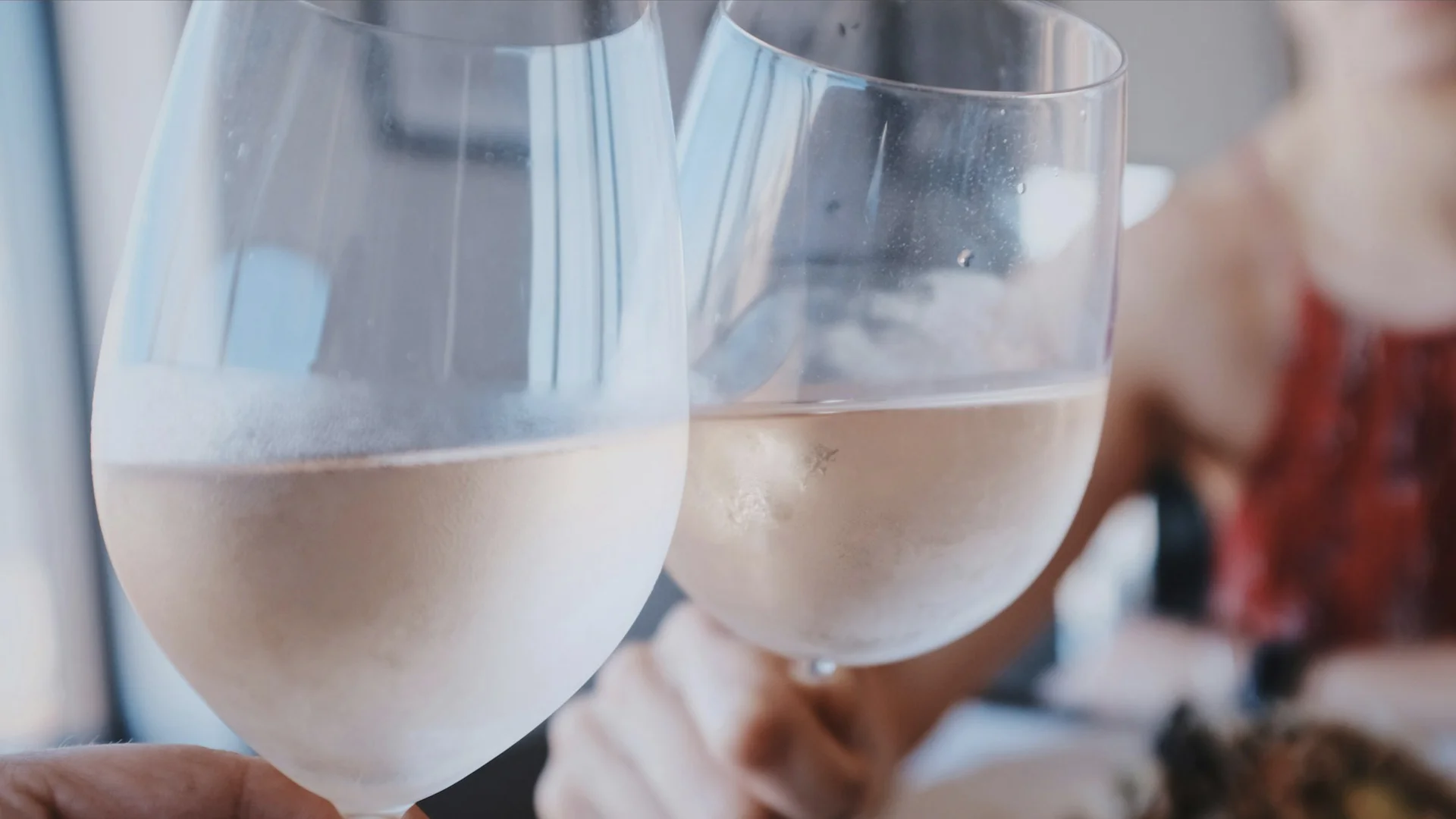




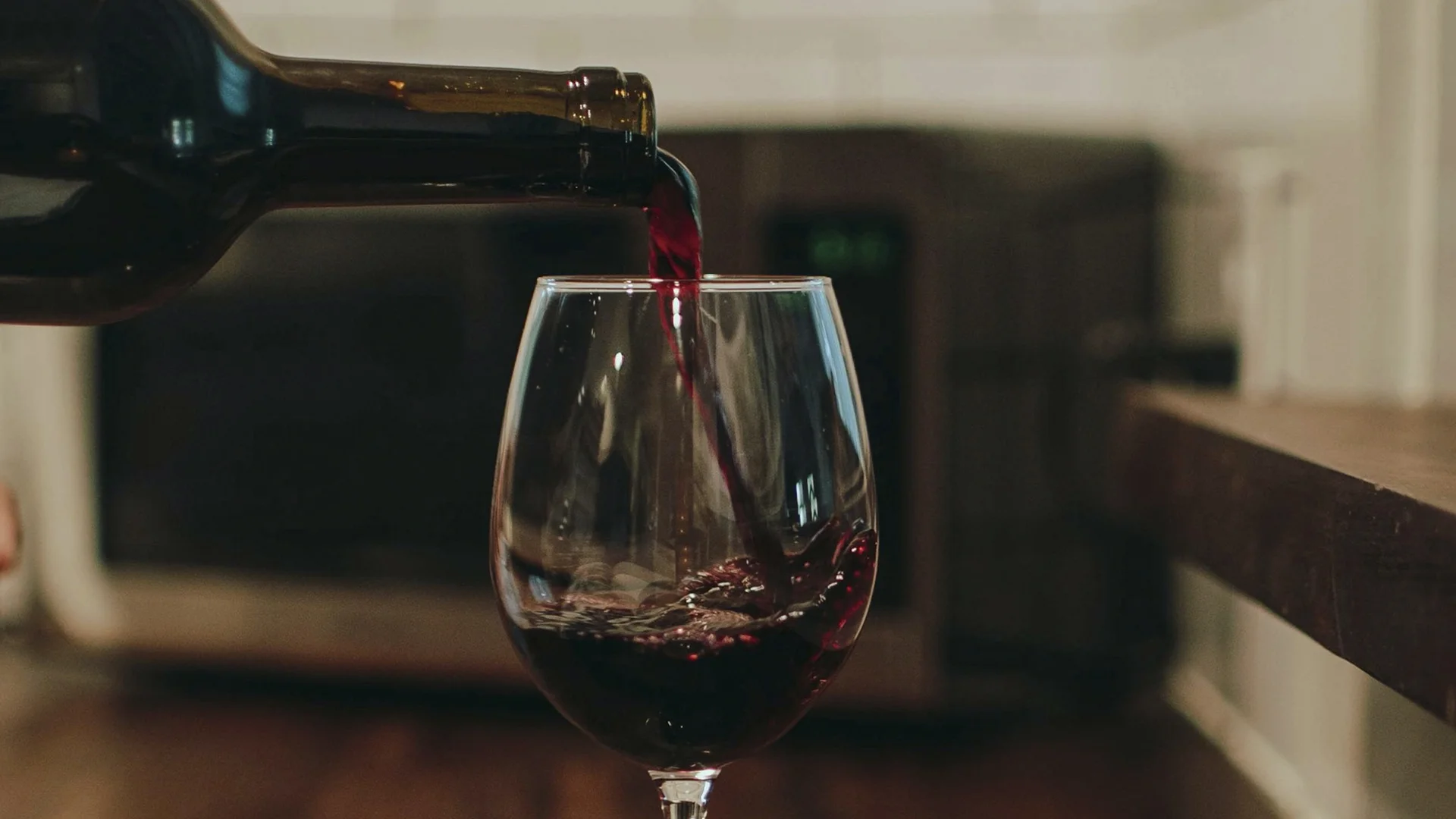
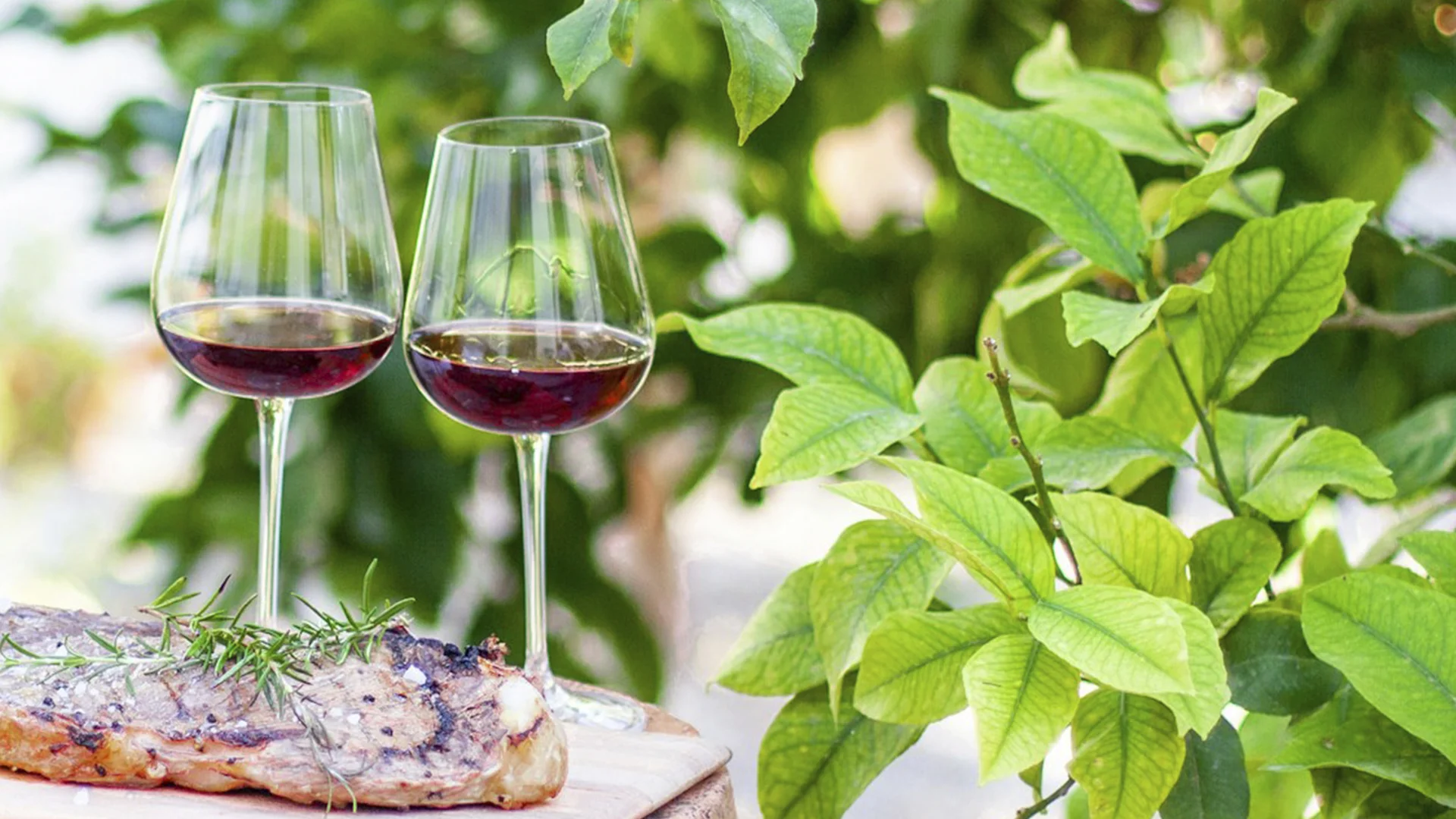

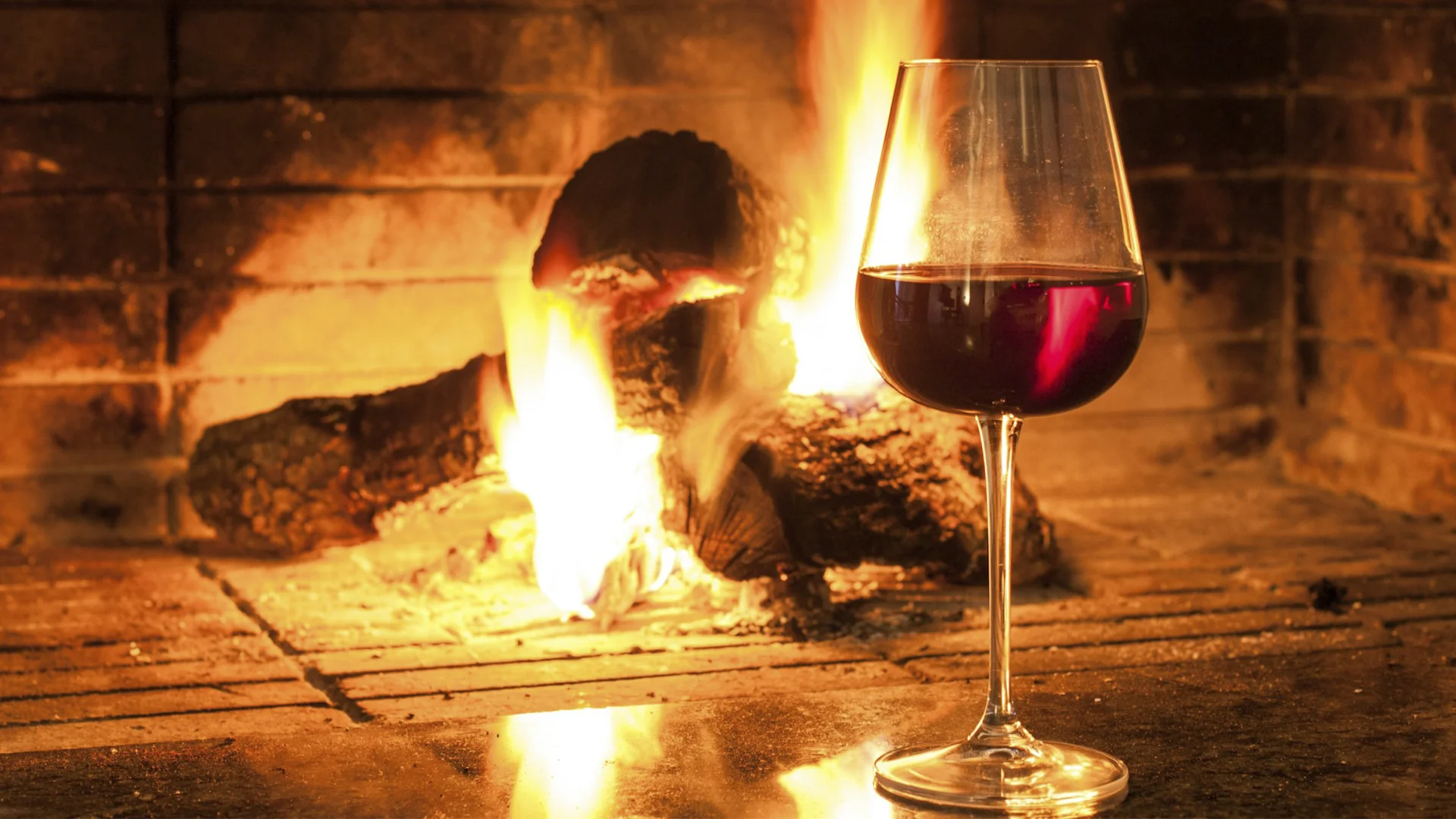



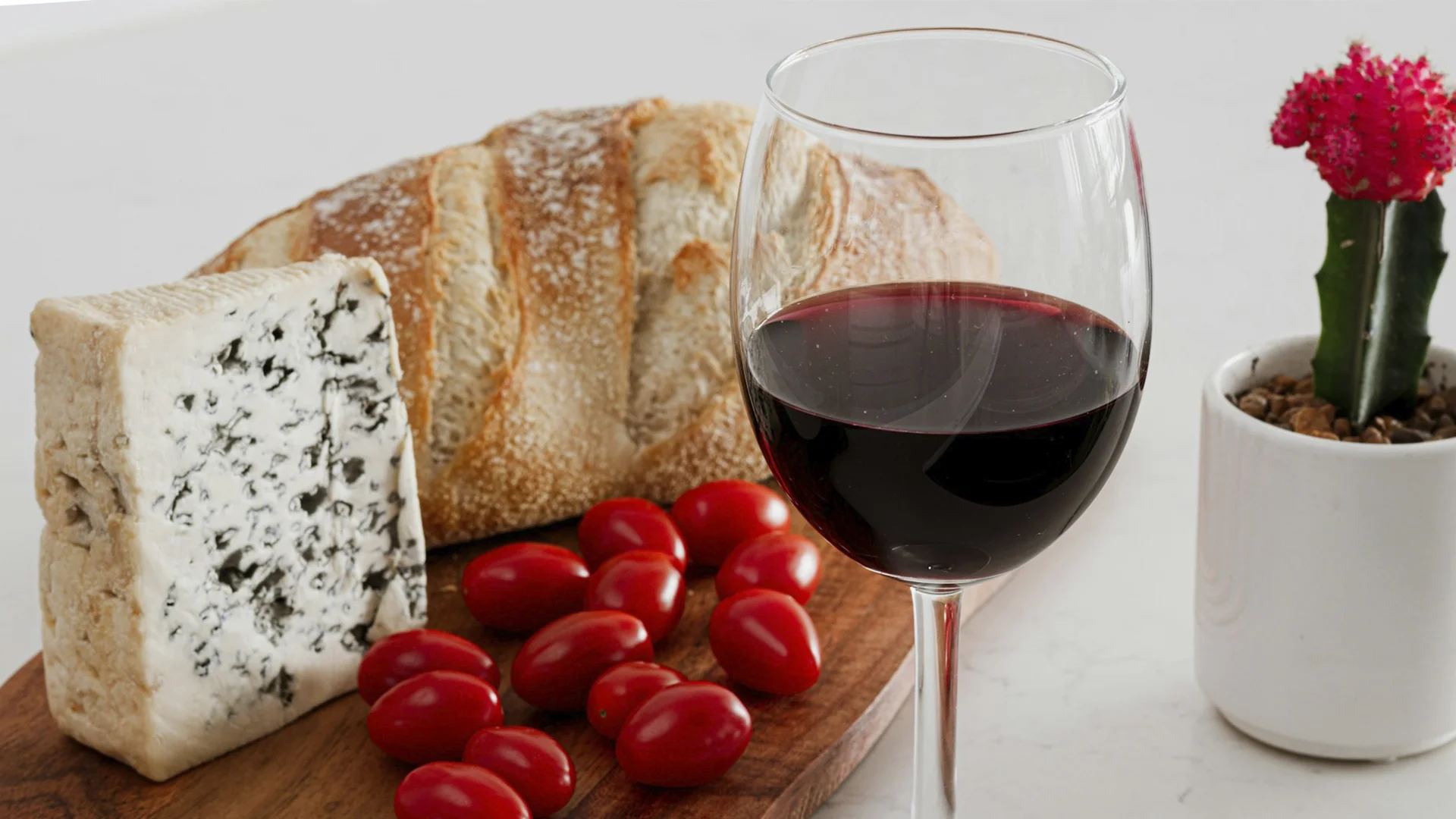

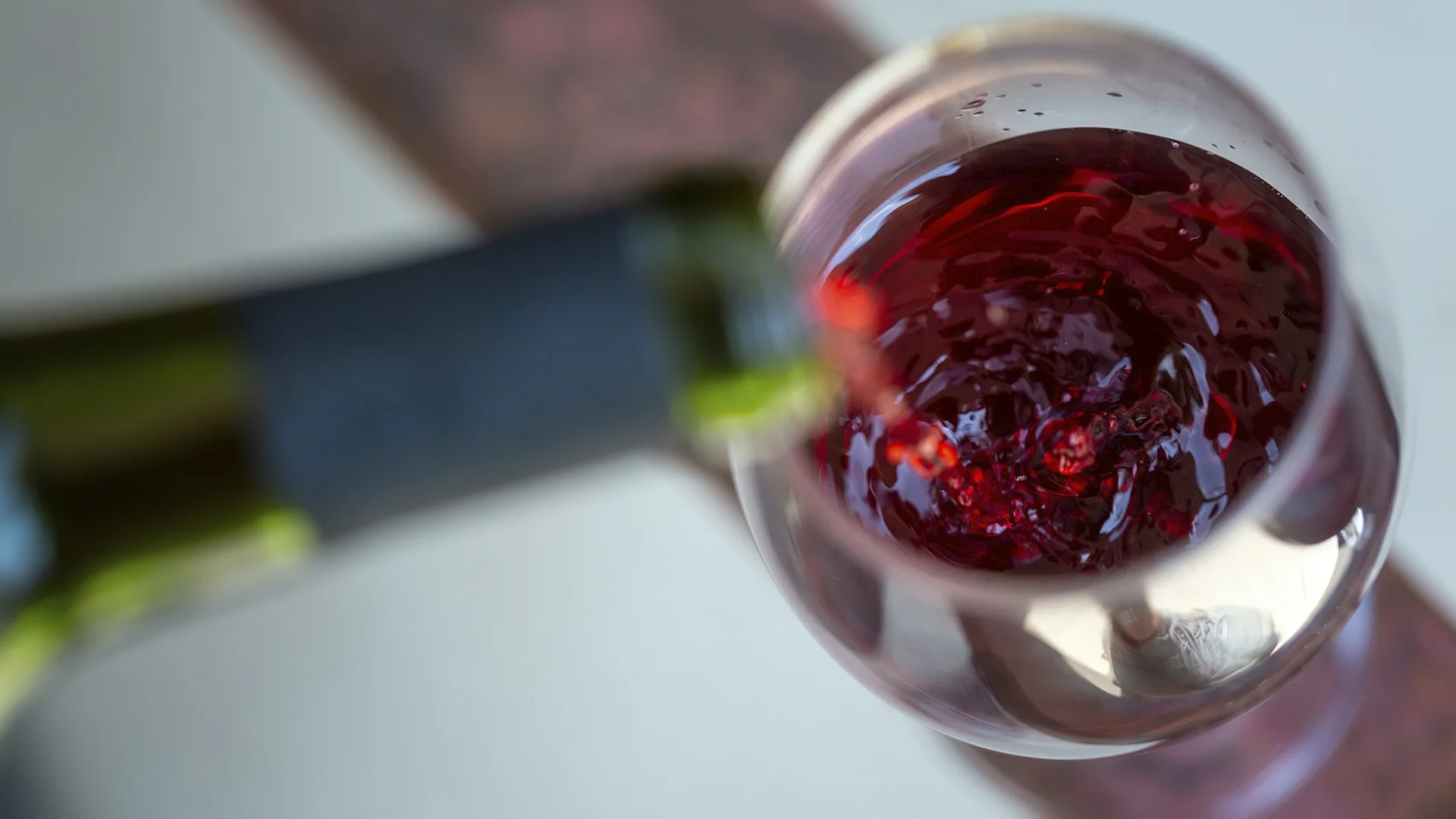


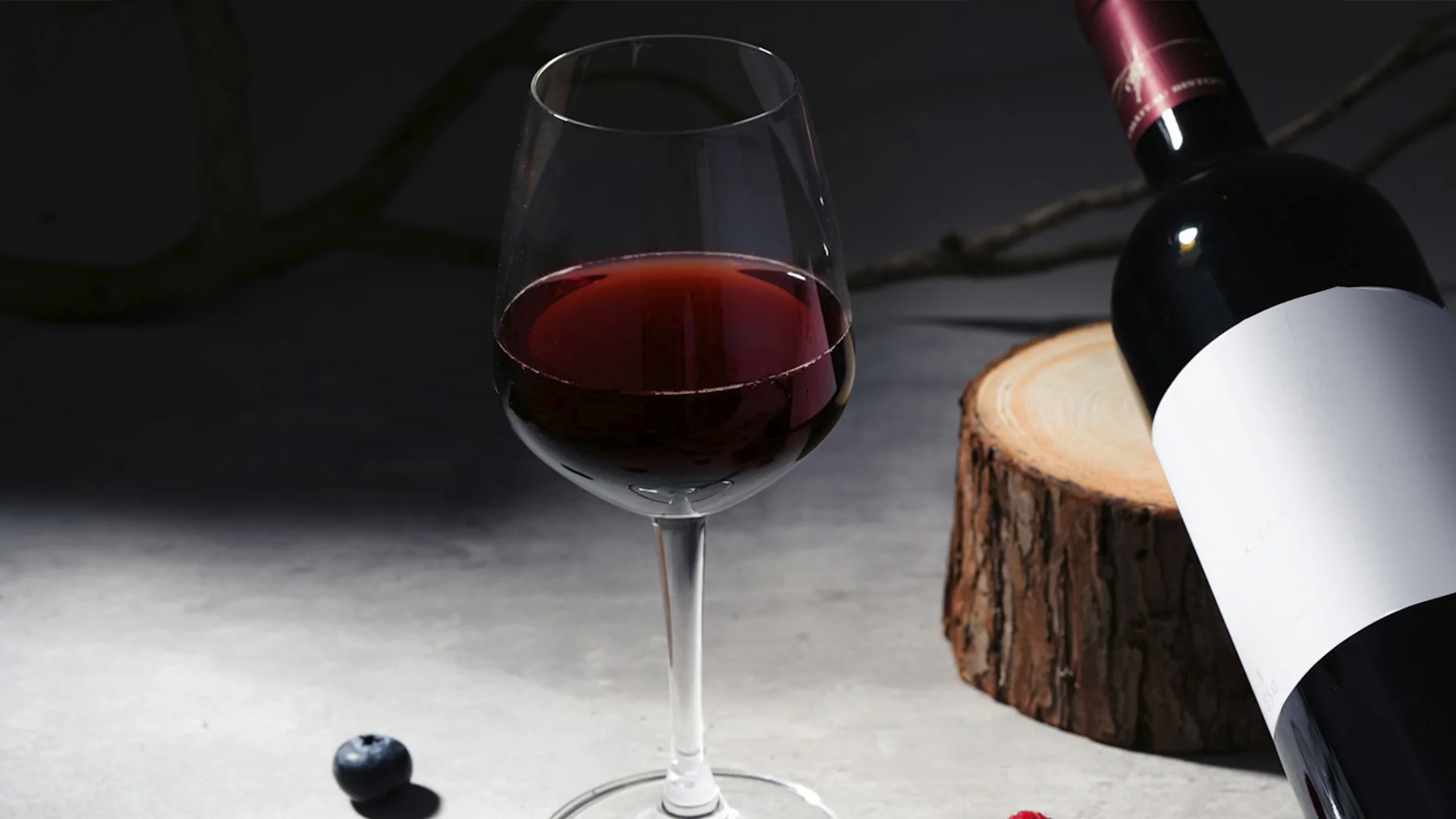

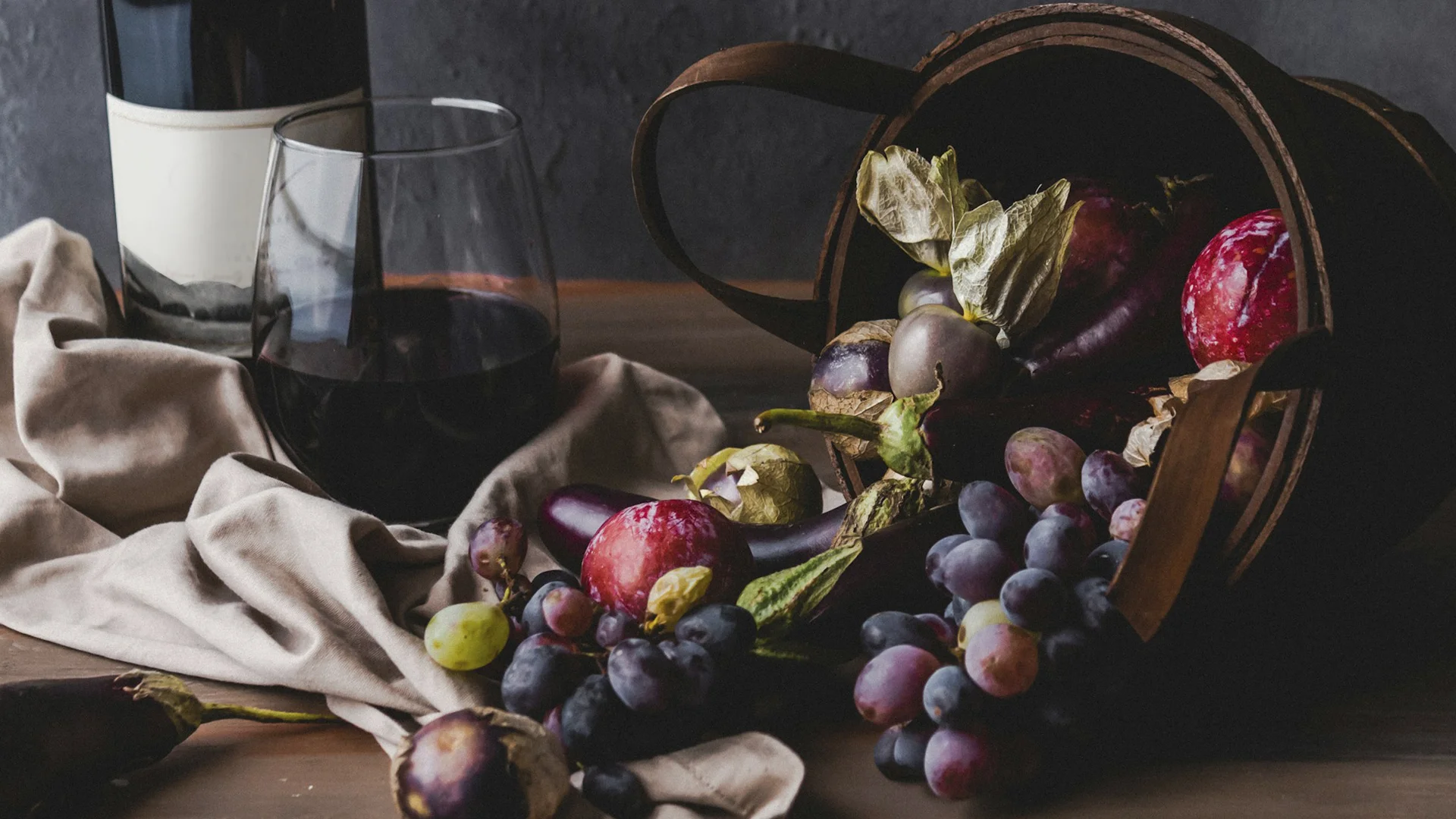
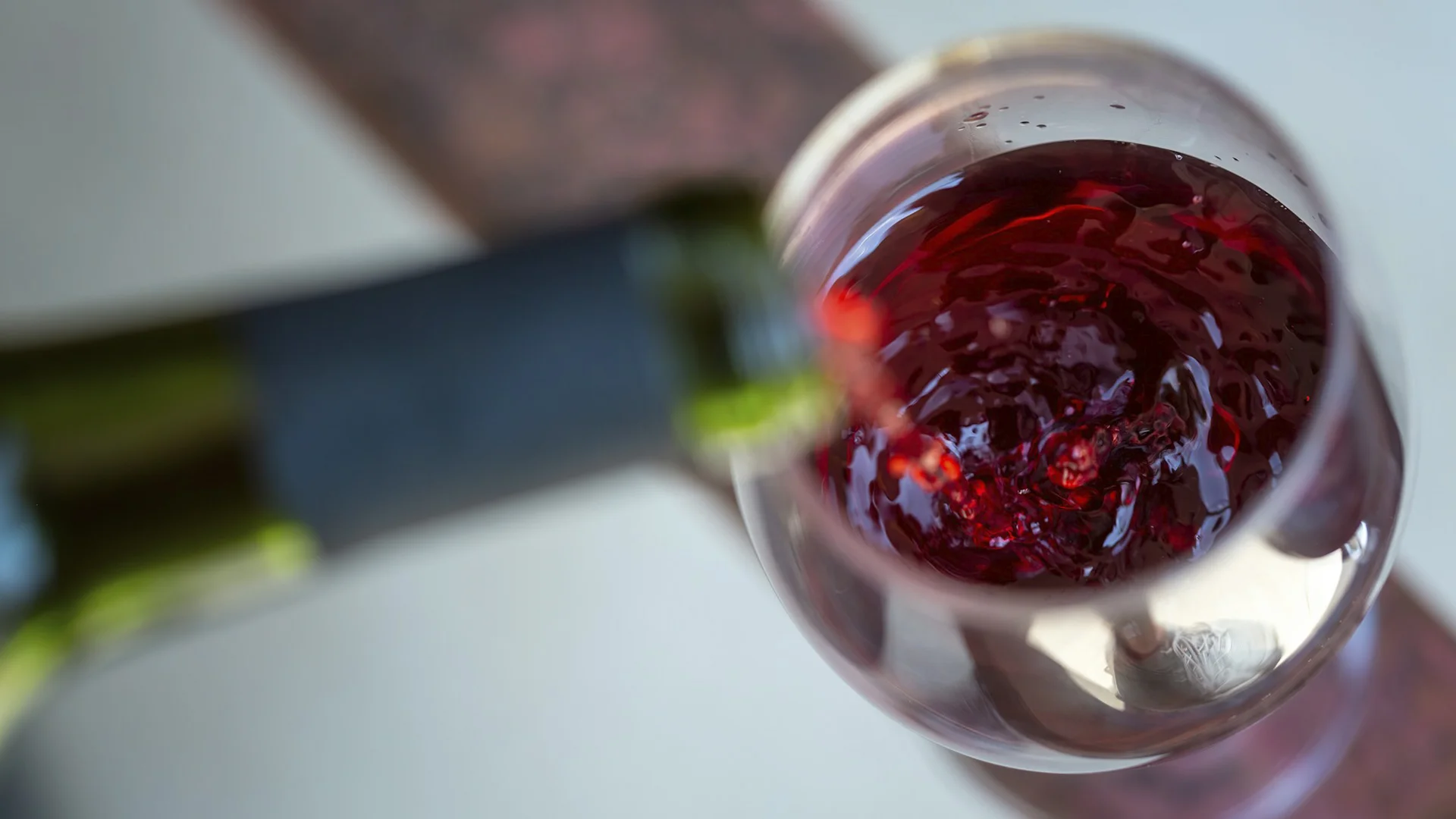
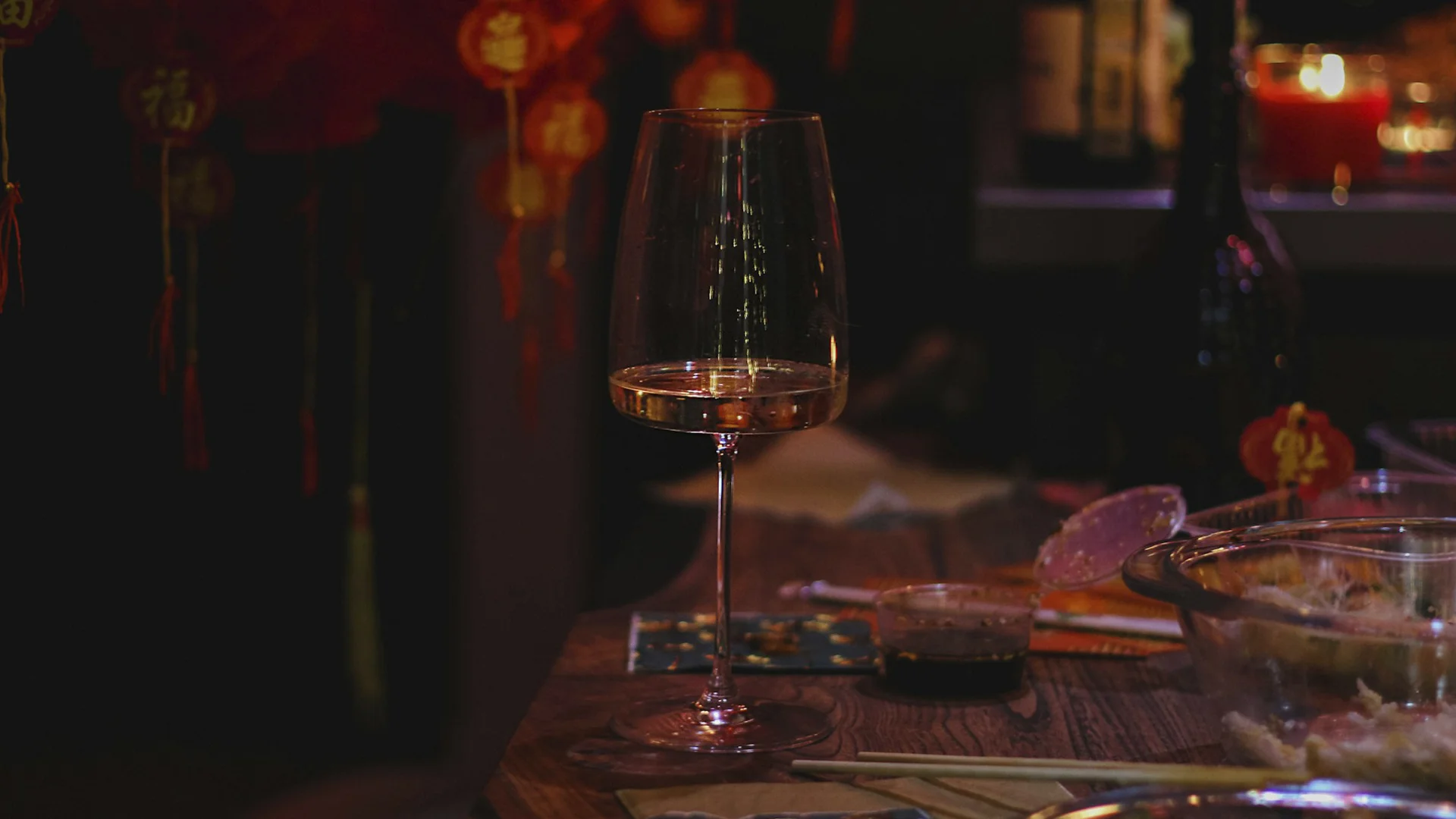






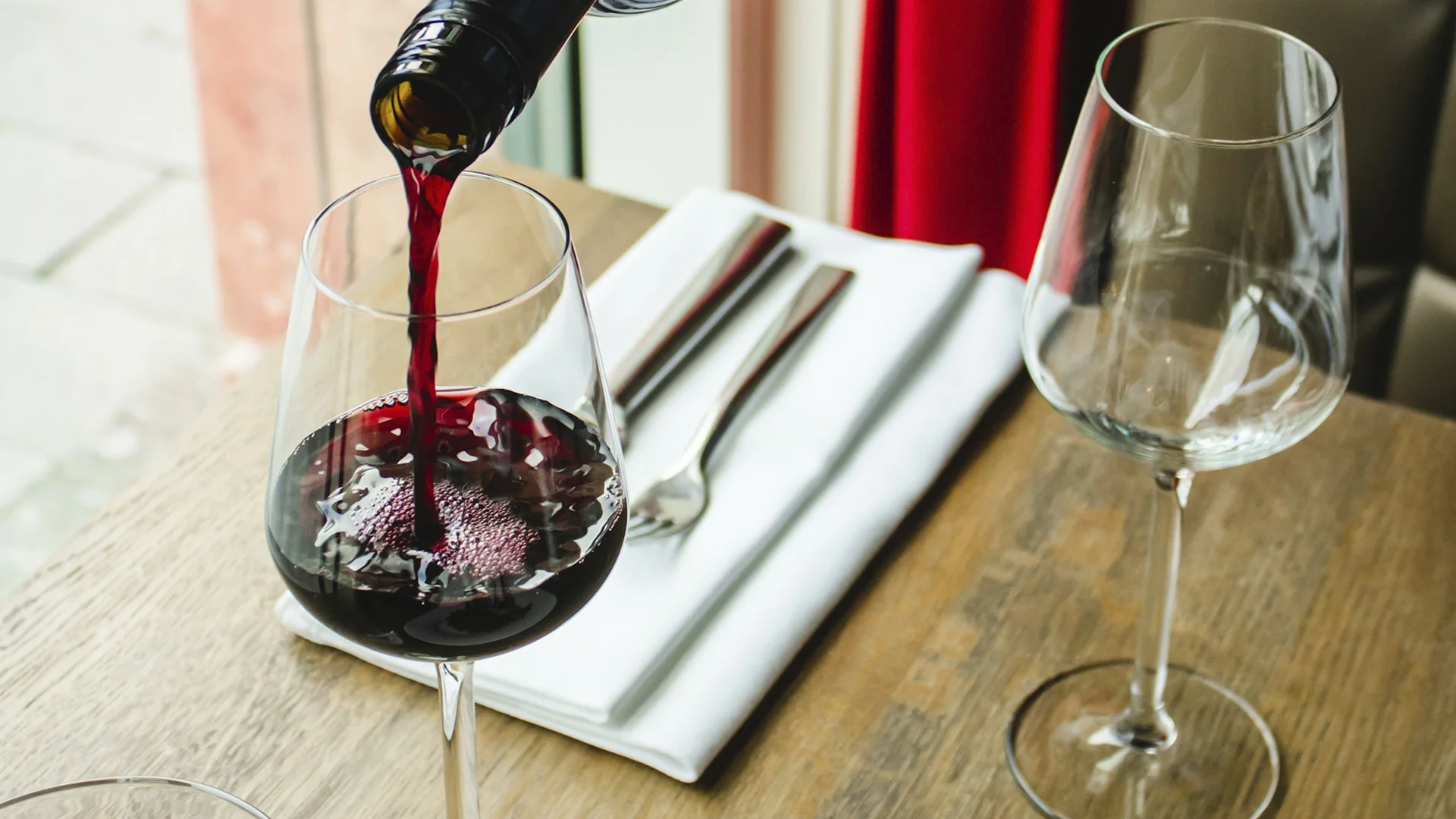












.webp)

.webp)
.webp)
.webp)



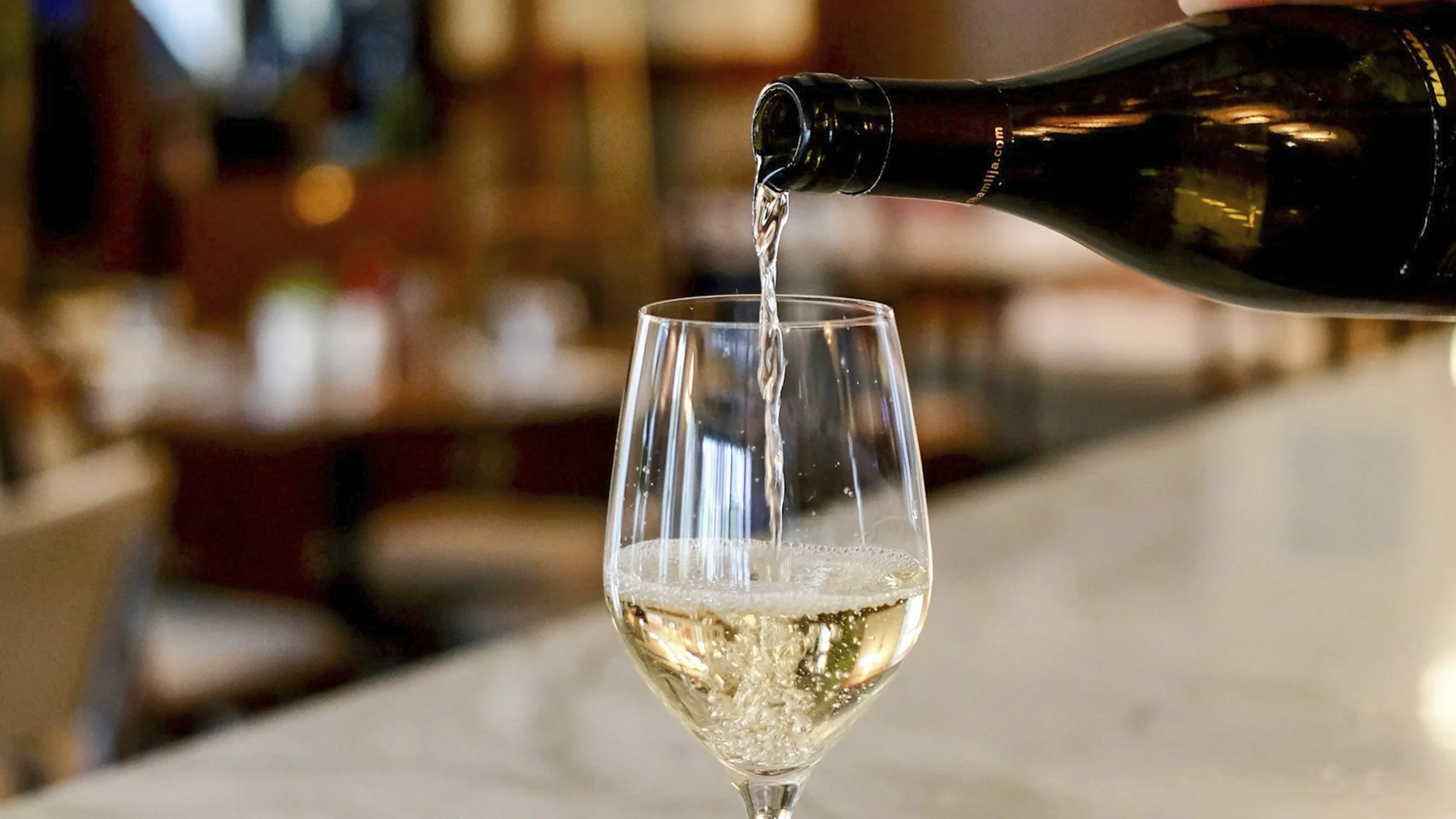


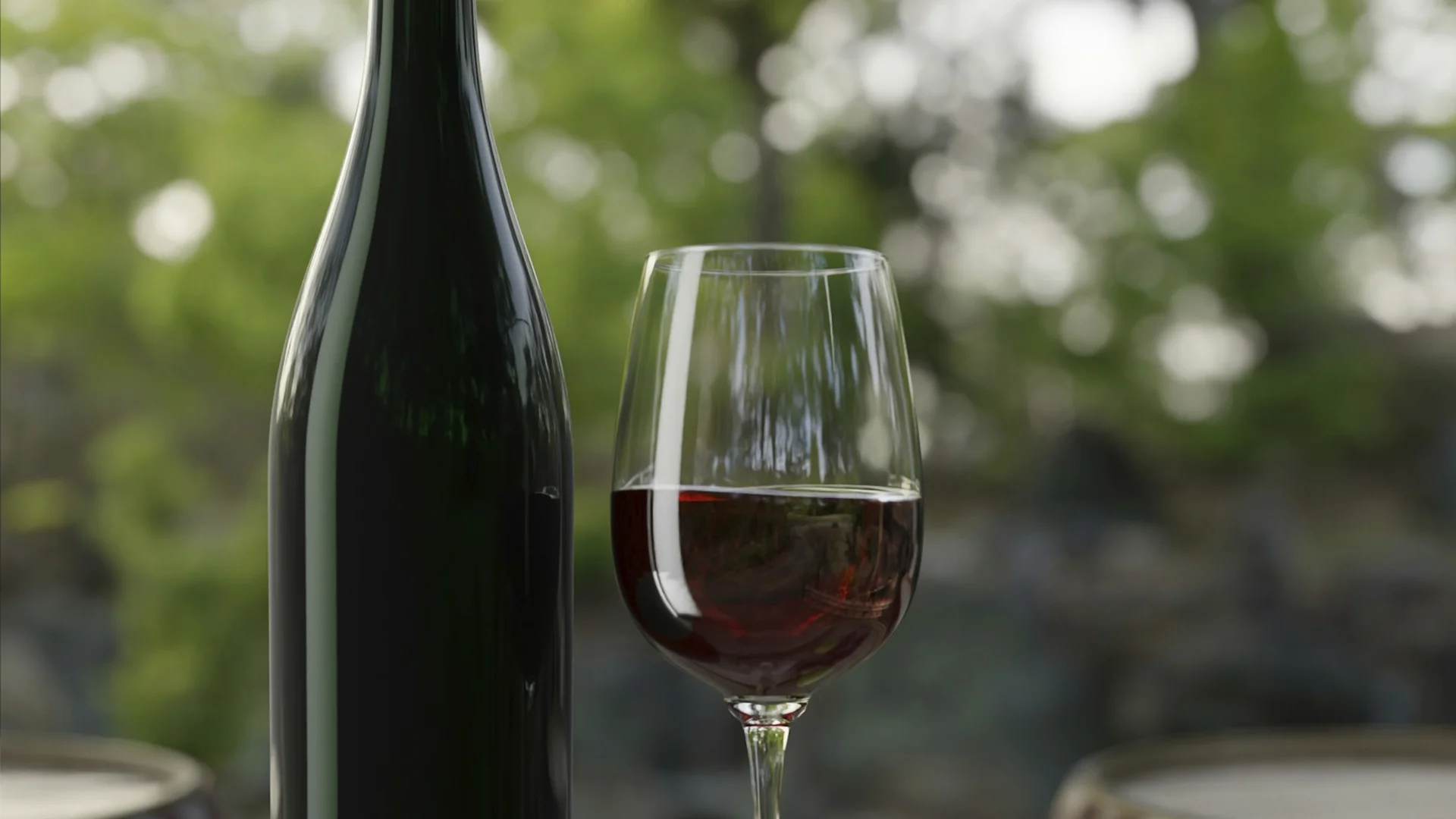



















.webp)













Are you interested in
collaborating with us?